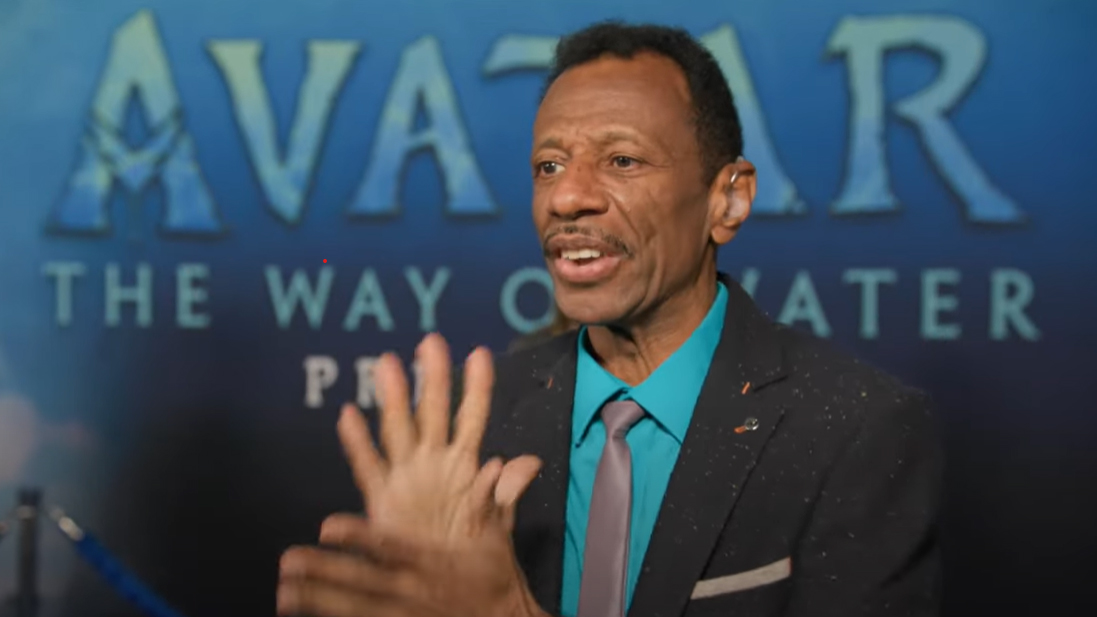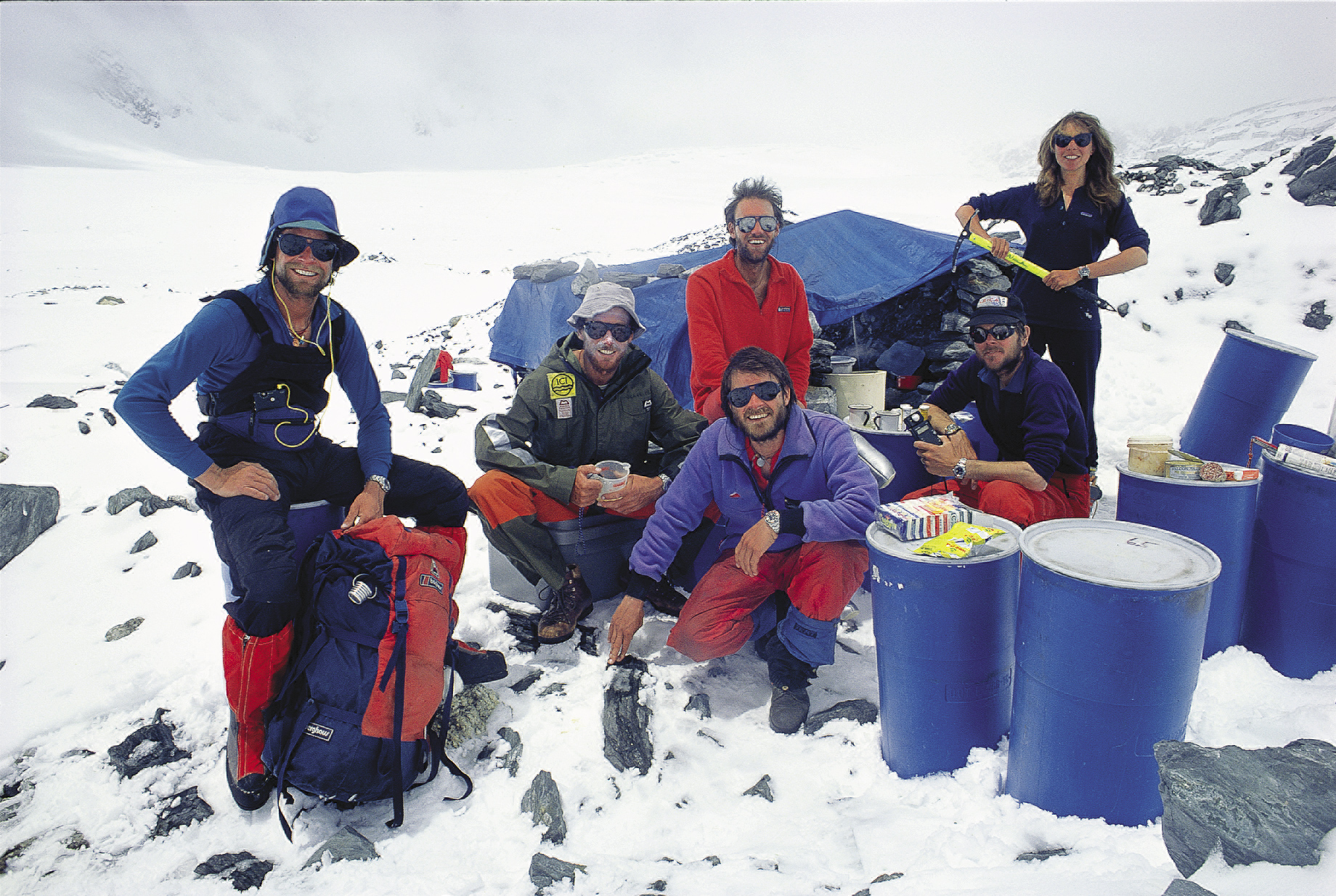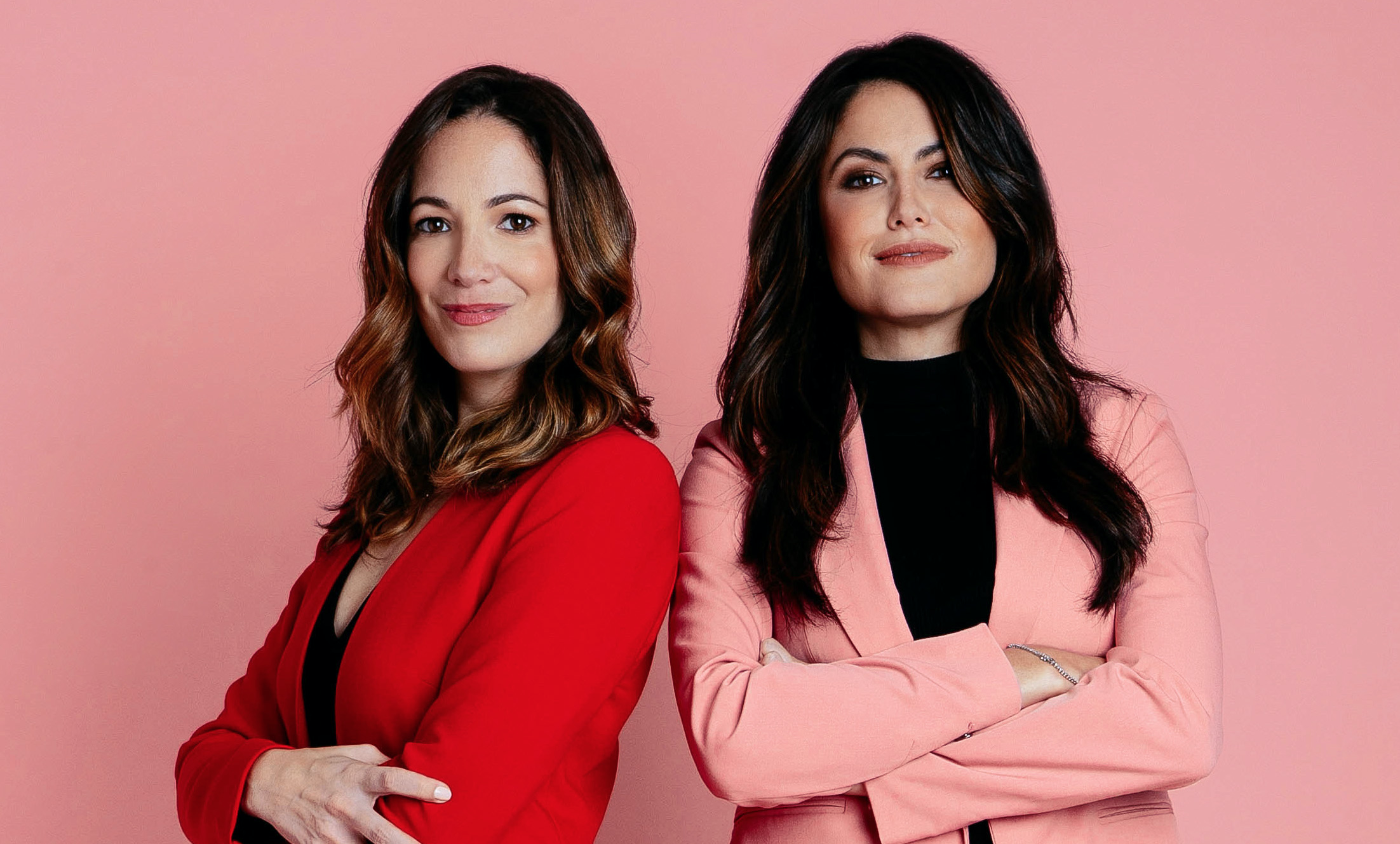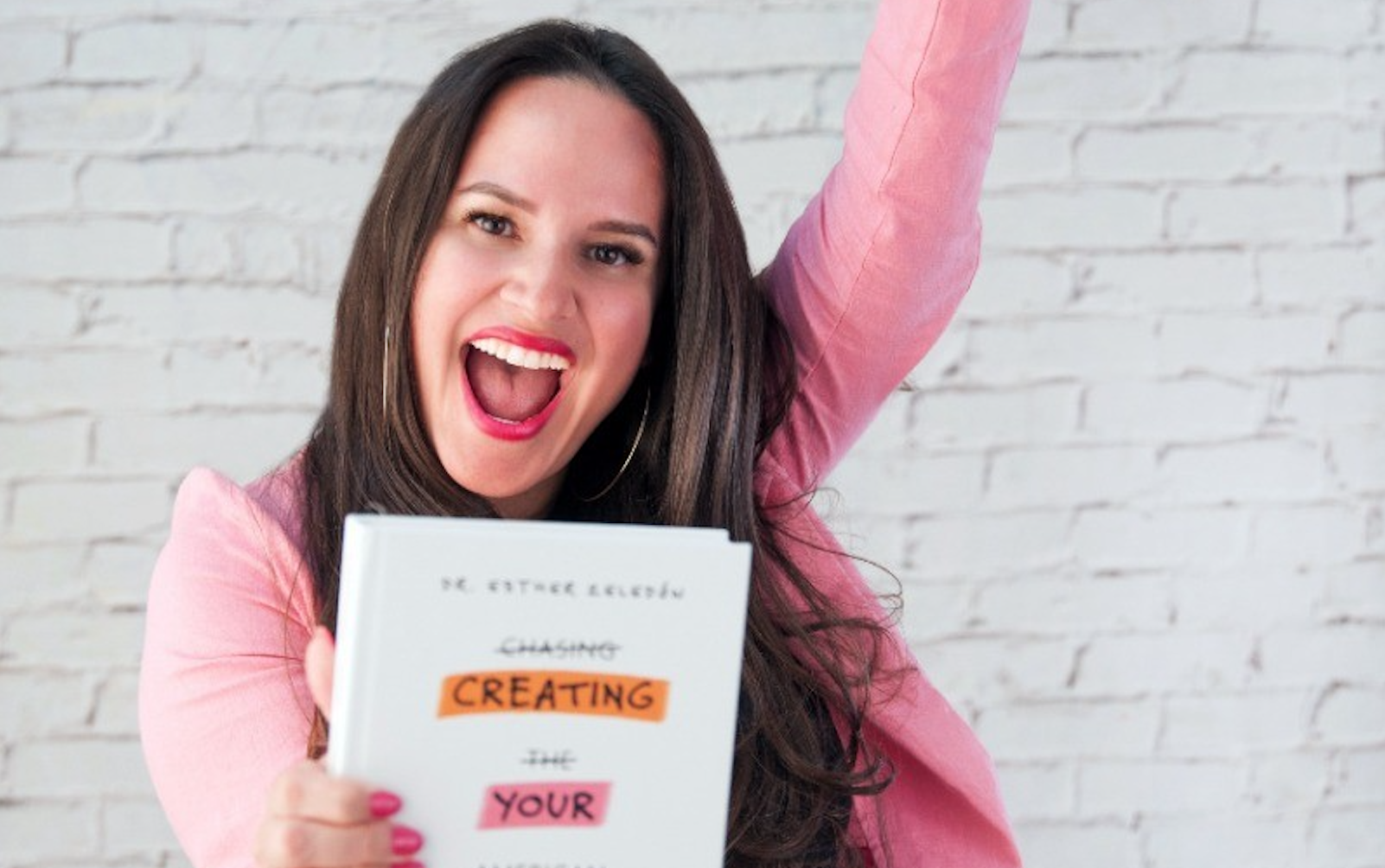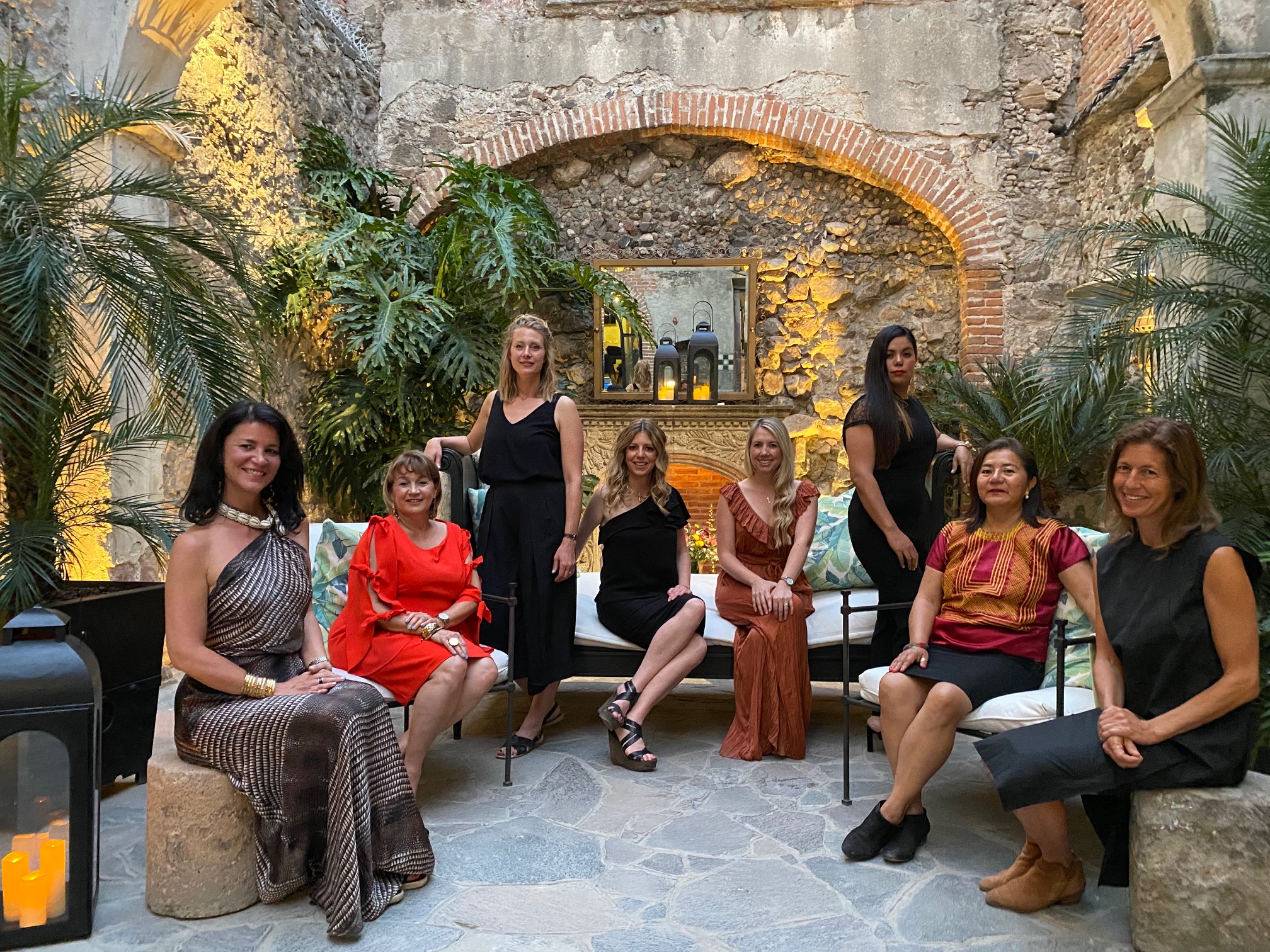
What if, in your 30s, you learned that you had a progressive disease that was soon going to take away your ability to walk and to do most things without assistance? How would you respond? For author, speaker and photographer Heather C. Markham, it was not only a massive turning point in her life, but also the start of a fierce determination to live life to the fullest, and help others in similar situations do the same.
At age thirty-four, Heather received a life-changing diagnosis: she had a progressive muscular dystrophy and would eventually need a wheelchair. Her walking days were going to end much sooner than she’d expected, but this was not the end of her story.
Despite her body’s betrayal, Heather fearlessly leaned into adventures—performing as a belly dancer, falling in love, becoming a ParaSurfer, winning Ms. Wheelchair Kentucky, and pursuing her lifelong passion for photography.
With humor and heartbreaking candor, Heather shares her journey in ‘Rough Waters: From Surviving to Thriving with a Progressive Muscular Dystrophy’, released in July 2023. The book chronicles Heather’s slow decline in mobility and her determination to live an extraordinary life—one full of laughter and joy, sand and salt water. ‘Rough Waters’ is both an inspiring memoir and a courageous call for more empathy from medical professionals, care attendants, and anyone who knows and loves someone with a disability. Limits are only in your mind, Heather says, and nearly anything is possible with the right tools, help, and perseverance.
We had the chance to speak with Heather to learn more about her work today around disability rights and access, why more people should know how to advocate for themselves in the medical system, and how, thanks to her parasurfing adventures, she is no longer afraid of rough waters – both physically and metaphorically.

What made you decide to write ‘Rough Waters’ and share your story?
When I was first diagnosed, I didn’t find any books on what it was like to have a progressive muscular dystrophy. The prognosis from the medical community was pretty bleak. I wanted to instill hope in others going through something that is difficult over a long period of time. I wanted to provide insight to friends and families of someone who is struggling with the unknown. I wanted to provide gentle guidance to the medical community to see patients as people and not their diagnosis.
What is Limb Girdle Muscular Dystrophy and how is that different from other kinds of muscular dystrophy?
All forms of muscular dystrophy are genetic, although they don’t always show up right away. Limb Girdle Muscular Dystrophy is an umbrella term for a group of diseases that primarily affect the muscles surrounding the hips and shoulders. The doctors say my subtype is 2B/R2 and that my body doesn’t make the “bandaid” protein that repairs a muscle when it gets torn. Medically, it means that my body has been slowly disintegrating my whole life. Two more well-known types are Duchenne MD, which primarily affects boys and can lead to a shortened lifespan, and ALS, which can start anywhere in the body and typically leads to death in approximately five years.
What was the process you went through in receiving your diagnosis: Did you have any idea it was coming? Was there a time when you knew something was wrong but no one believed you?
My mom had called me her clumsy child. It seemed that I got hurt more often than most children and didn’t heal well or quickly. I injured my back in my early 20’s which seemed to set off a cascade of other things in my body, and I spent the next 12 years physically declining. Only when I was in my mid-30’s and walking with a cane did an orthopedic physician agree that something was probably wrong with me and refer me to a neurologist for more testing.
The diagnosis you received was bleak, with your dystrophy being termed “progressive.” How did you adapt in your life? What did you begin to change?
When I was diagnosed, I was already using a cane for walking stability. In the next few years, I rapidly acquired more equipment; including ankle-foot orthoses to reduce my foot drop so I’d quit tripping, a walker with wheels, and a hand-brake for my car. Less than six years after diagnosis I received my first power wheelchair because I was no longer able to walk long distances well. Each of these items meant accepting the new version of myself as someone who needed these things. The mental part of that was challenging.
Can you explain your decision to “hold on and let go simultaneously.”?
I decided to hold on to the true parts of myself and remember that, despite my diagnosis, I was still funny, witty, kind, generous, loving, advocating, adventurous, and curious. Nothing could take those away from me. I knew that I had to let go of my vision about who I was physically, as someone who walked/ran/played tennis/belly danced/played violin/etc., and to let go of other people’s expectations about what I could or couldn’t do. After my diagnosis I became a competitive ParaSurfer, had my photographs honored in juried gallery shows internationally, and recently took up adaptive golf.
You’ve endured a lot of difficult things that you speak very candidly about in the book— suicidal thoughts, an abusive ex-husband, having to give up walking, the death of your mom, breast cancer, a brain injury, and more. Any one of those would be more than enough challenge for one person. How did you navigate through these, and what would you say to others facing similar challenges?
For a long time, I kept everything to myself. I was raised in a home with a military dad and a “Yankee” mom, where we didn’t talk about things or share our feelings. I learned to keep things to myself, and that pattern was amplified by my abusive ex-husband. I eventually found a really good therapist that I felt safe enough to unpack and tackle all of the ugliness with. She was perfectly placed into my life at the appointed time. Therapy is hard, and it takes bravery, but it is absolutely worth doing.


After your diagnosis you took up parasurfing, belly dancing and enter pageants! Why did you decide to try these new ventures?
I had belly danced some before my diagnosis, and knew that I was getting weaker and more unstable on my feet all the time, so I just decided to keep at it until I literally couldn’t keep my balance any longer. ParaSurfing and pageants? Well, they just seemed like fun things to do. I decided that just because I was sitting down all the time didn’t mean that my life was over.
Although the ADA exists, can you explain how limiting it is and what are some of the biggest changes needed today?
The ADA is much broader than just barriers to physical access, although the lack of ramps is what jumps to mind for most people. The Department of Justice is responsible for enforcing the ADA, and I’m not always sure that the ADA is their top priority… at least not for physical access. What I see is business owners – shops, hotels, restaurants, etc. – making up their own definitions for “accessible” which hurts everyone. People with disabilities aren’t welcomed and the business owners miss out on new customers and new revenue streams.
Can you tell us about the difficulties of traveling with a disability, and what you hope to educate and enlighten more people about?
One of the biggest difficulties when traveling is that ADA Mobility hotel rooms, and the bathrooms in them, are often not being set up properly. This year I was 17 days into a cross-country roadtrip before we came across a shower I could actually use, because the other hotel rooms’ roll-in showers did not have the REQUIRED built-in shower bench. Think about how gross that is, and get outraged with me.

How important is it for people to advocate for themselves, especially within the medical system?
I cannot emphasize enough how important this is. Only you know how you are feeling so you are the only one who can explain it. The medical system is a system, based on a set of rules that may or may not accurately describe what is happening within you. You can only get the medical care that you need when you have a physician or therapist who hears you clearly. That takes trust and, often, time; but, it is completely worth it.
What does everyday life in a power wheelchair look like for you, and what do you want people to know/be aware of?
My life is slow because everything take more time. For example, I spend a half-hour stretching after I wake up just to be able to get out of bed. I also have lots of equipment, like the ceiling-track lift that I use to go from my bed onto my wheelchair or into the shower. My arm movement is very limited due to shoulder weakness, so I can’t reach past my lap without bracing them on something.
I require a lot of help with my personal care, like showering and washing my hair, as well as laundry, meal prep, shopping, and house cleaning. But, I still work to be as independent as possible. I still drive, albeit in a highly modified van with a high-tech driving system, and still love traveling. I want people to know that wheelchair users have lives full of joy and adventure.
Who do you want to read this book? What do you want them to take from it?
I want everyone who is going through a challenge that they feel is too big to overcome, to read it and find hope. There is so much to connect with, even for people without disabilities, that everyone can find some nugget to hold on to. One of my favorites is the importance of finding your team … those people who will race towards you, no matter what, and will turn your face towards the sun and help you stay upright and breathing until the crisis passes.
You can get a copy of Heather C. Markham’s ‘Rough Waters: From Surviving to Thriving with a Progressive Muscular Dystrophy’ by clicking HERE. See more of Heather’s story and her work on her website, and follow her on Instagram and Facebook.











